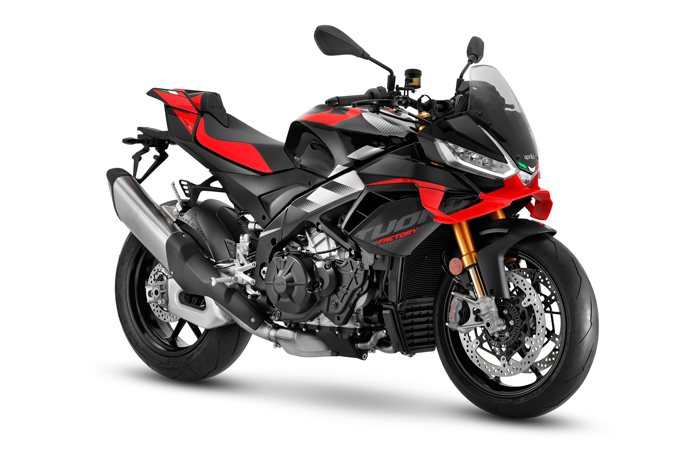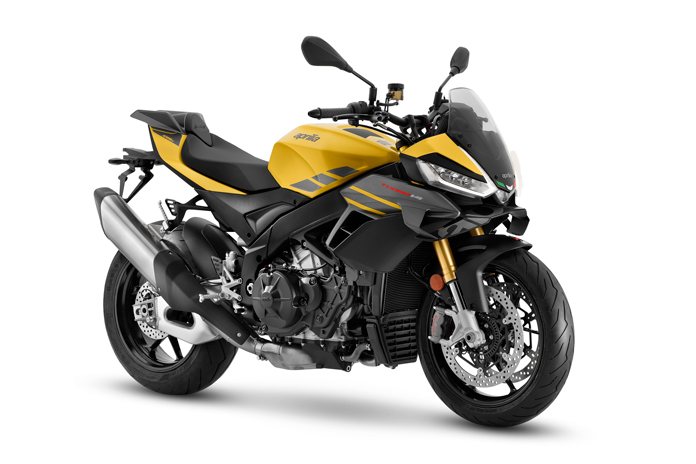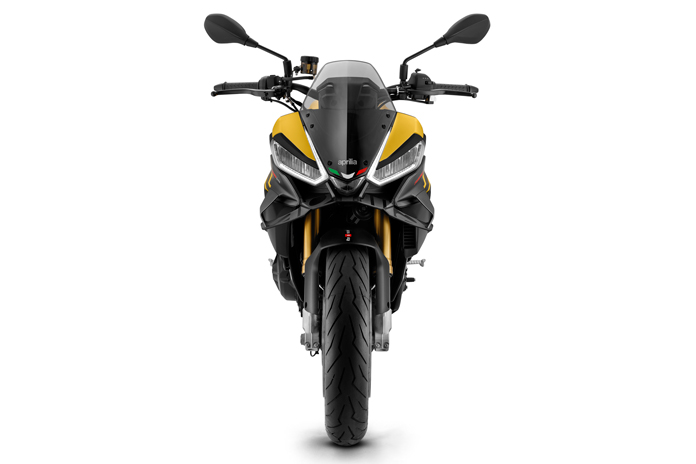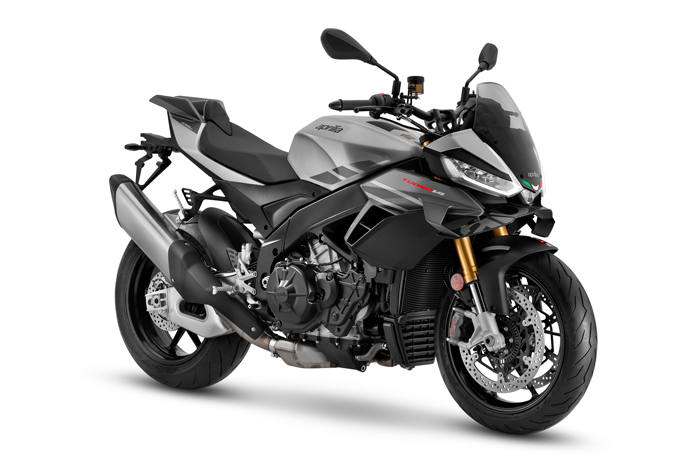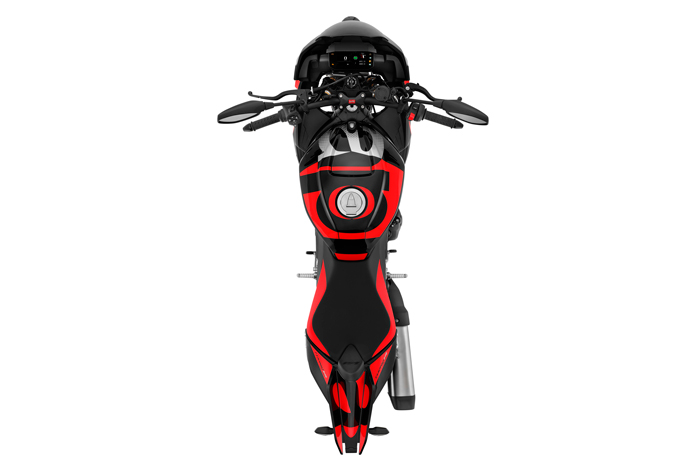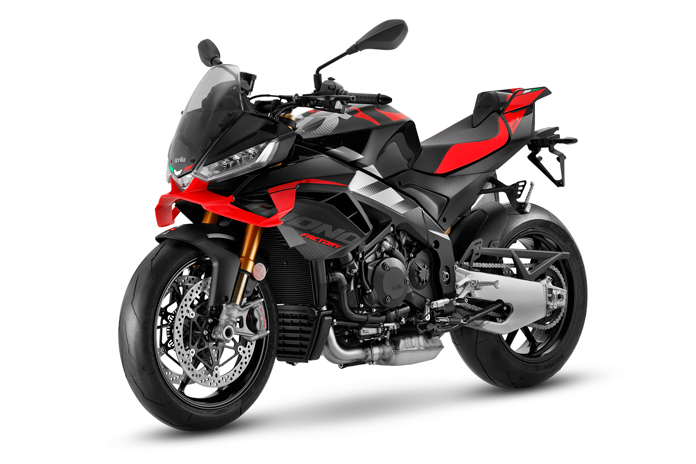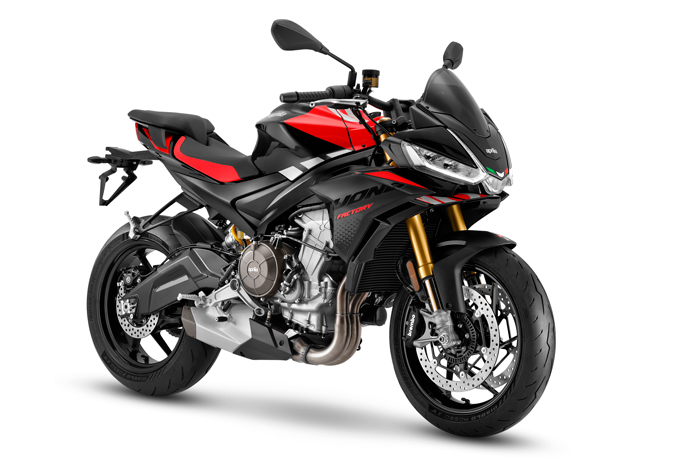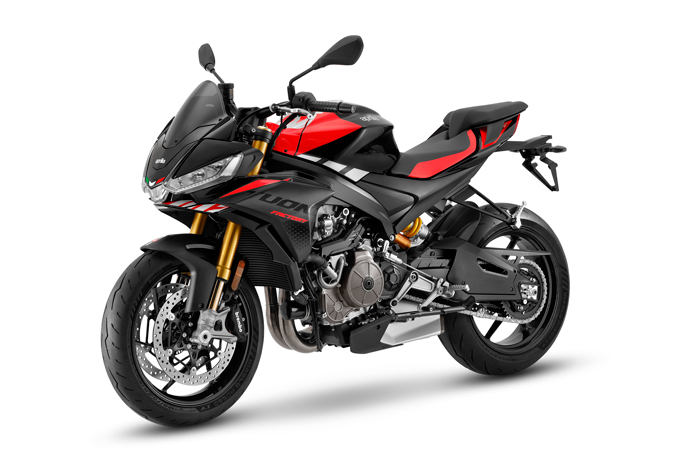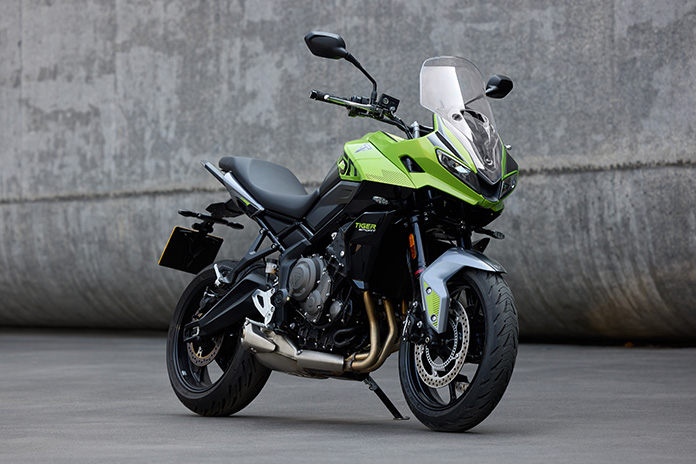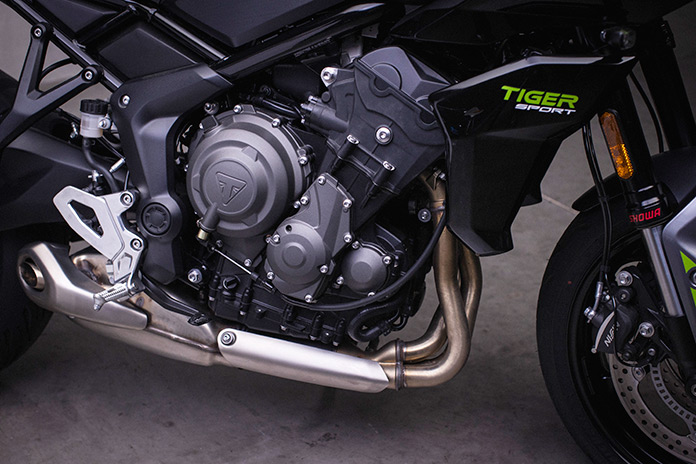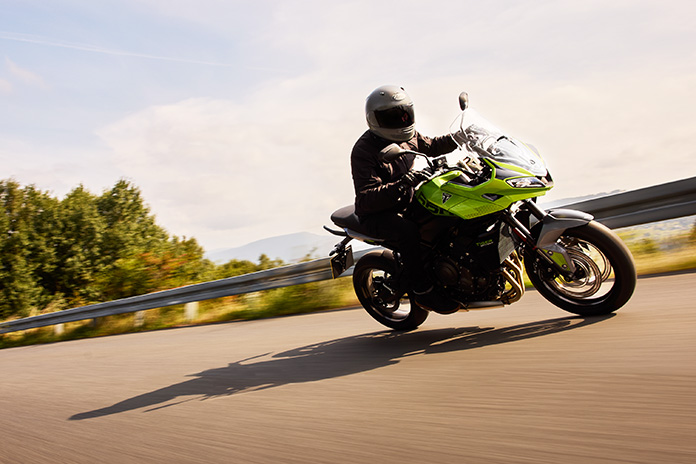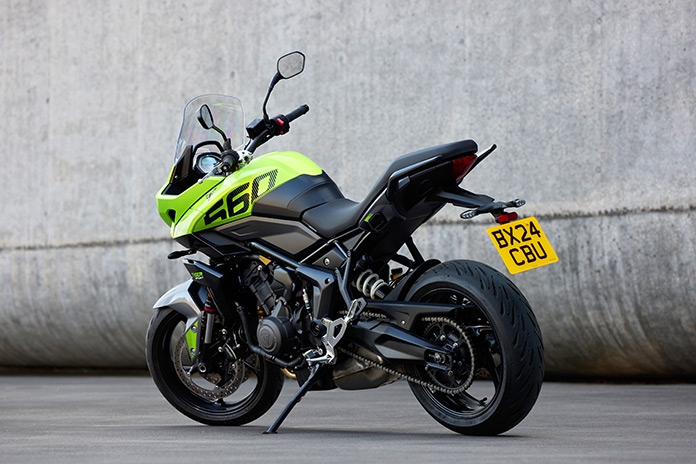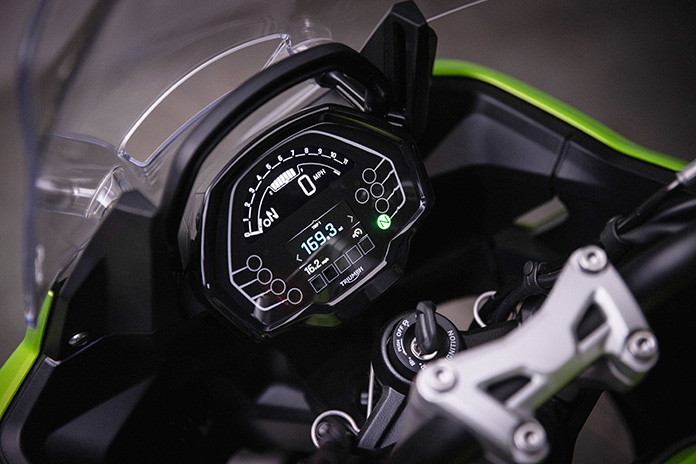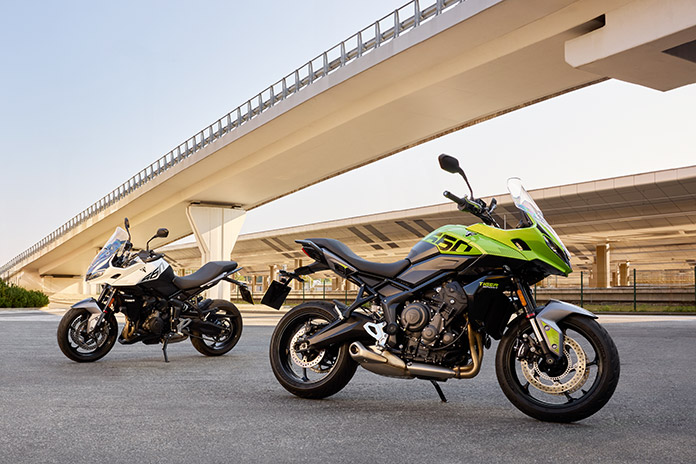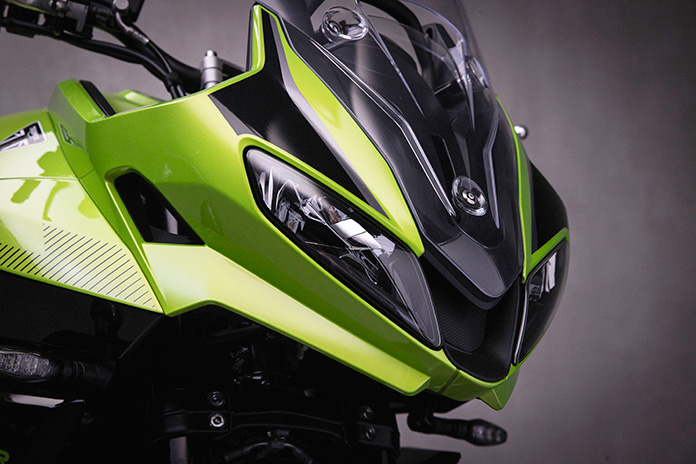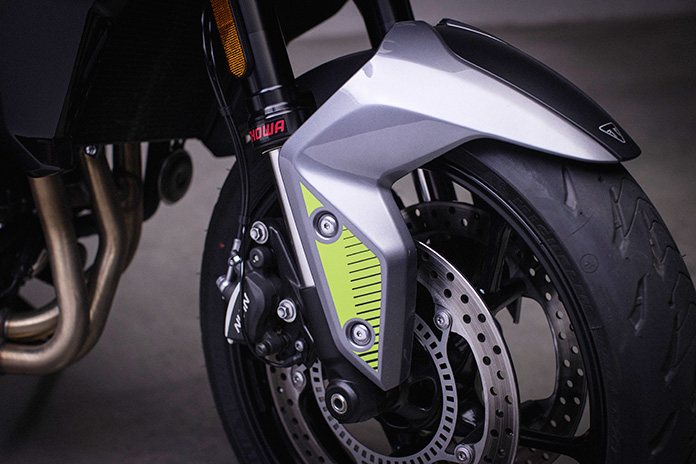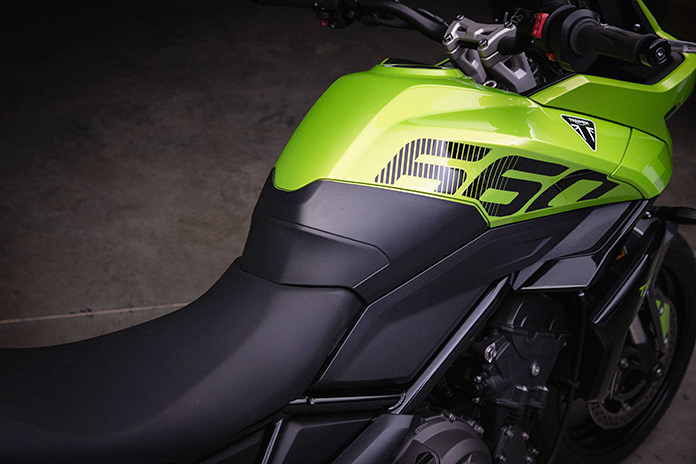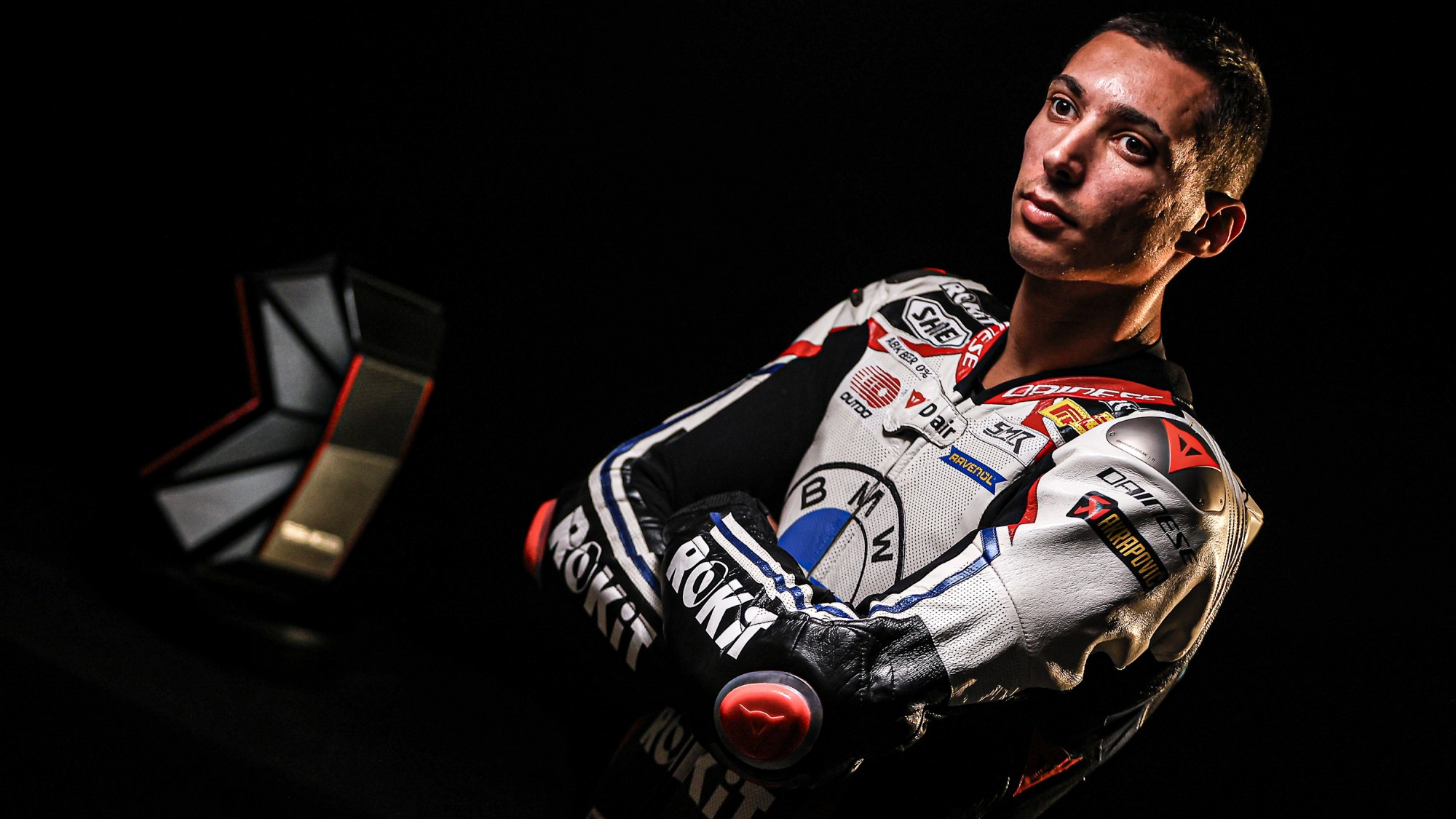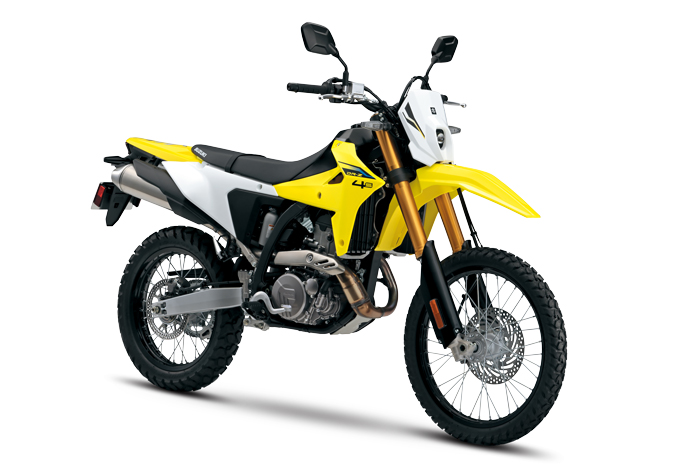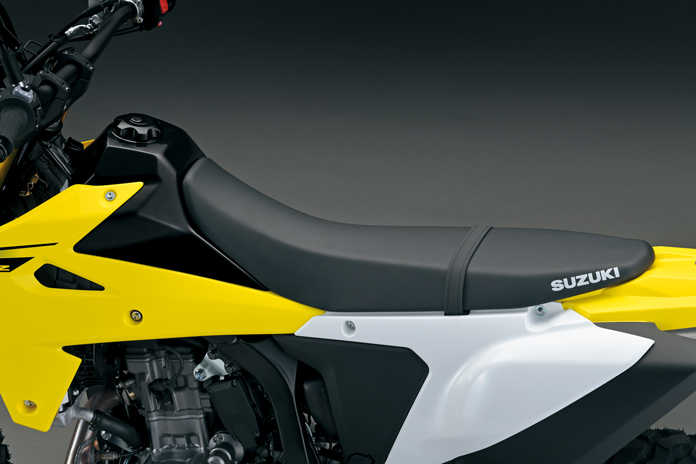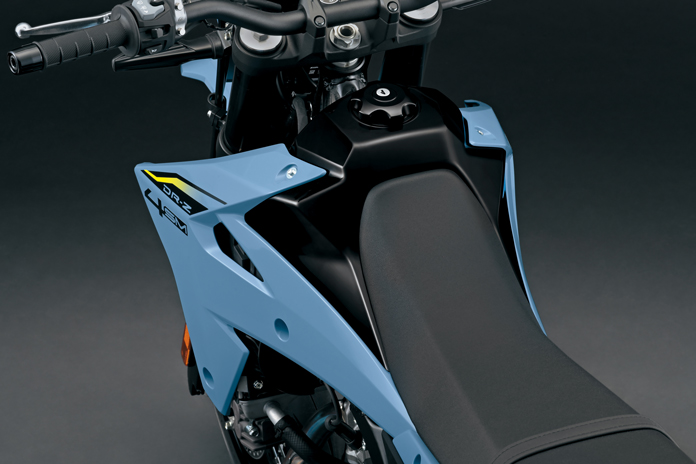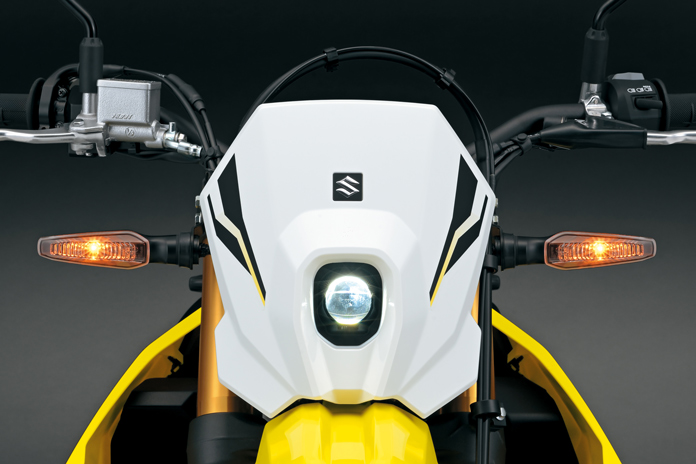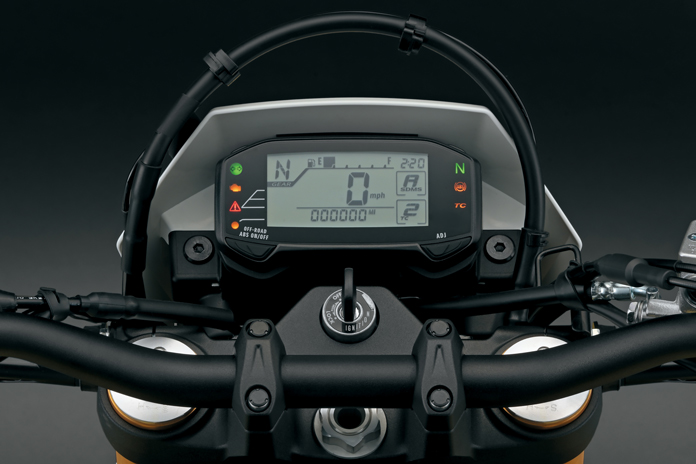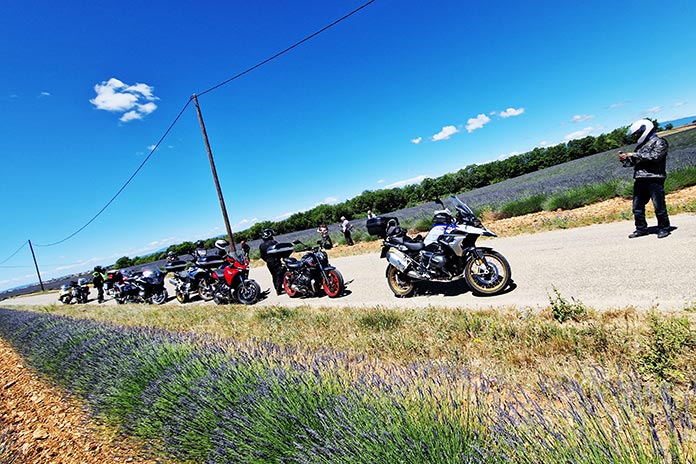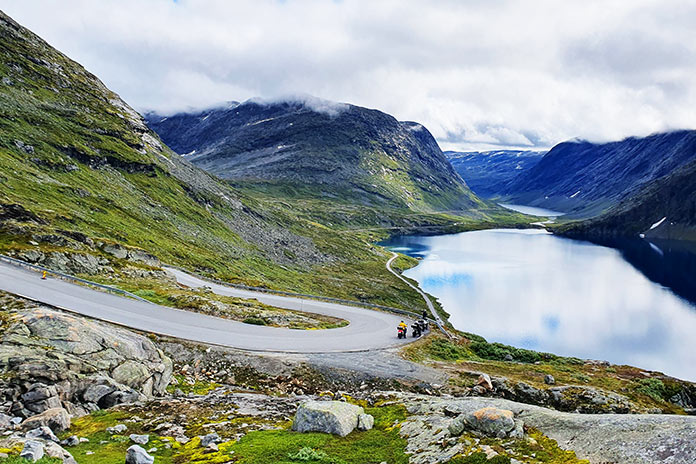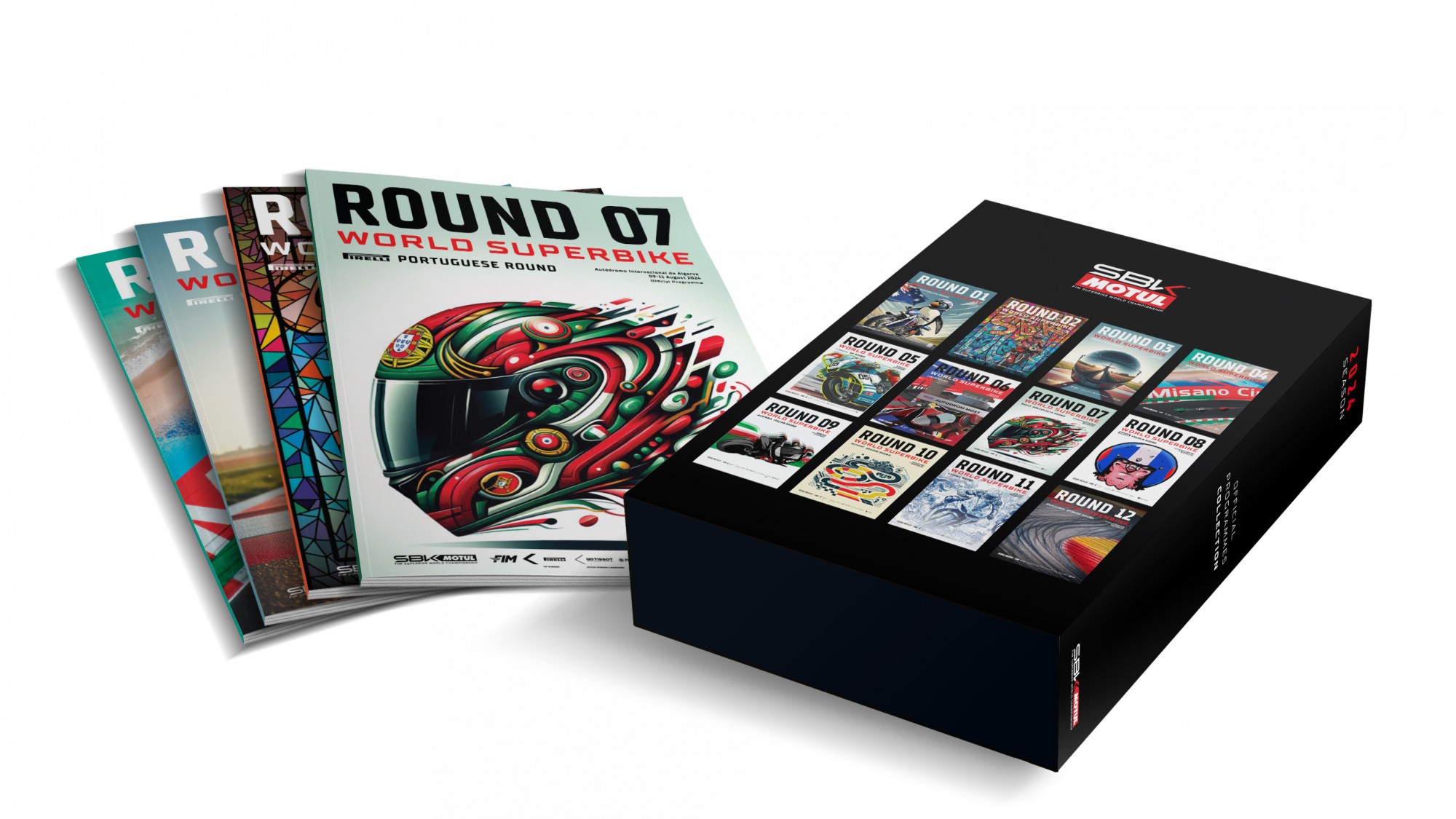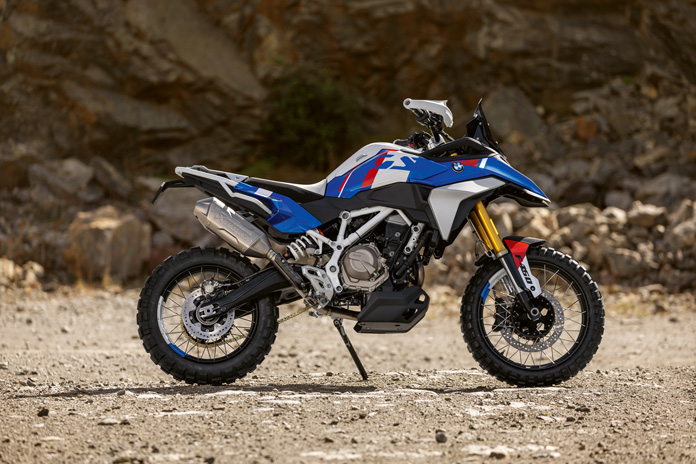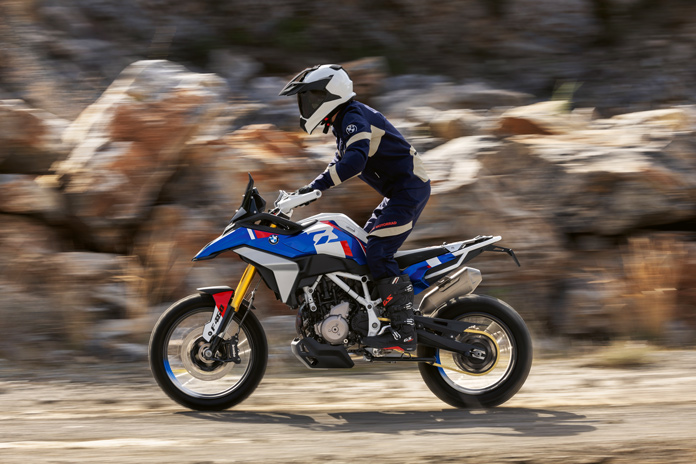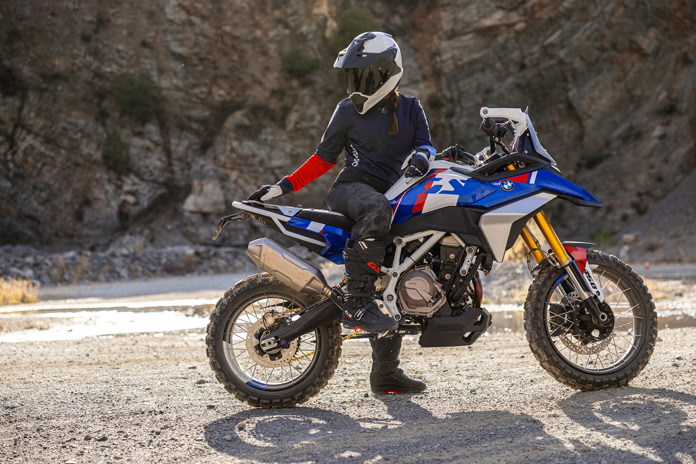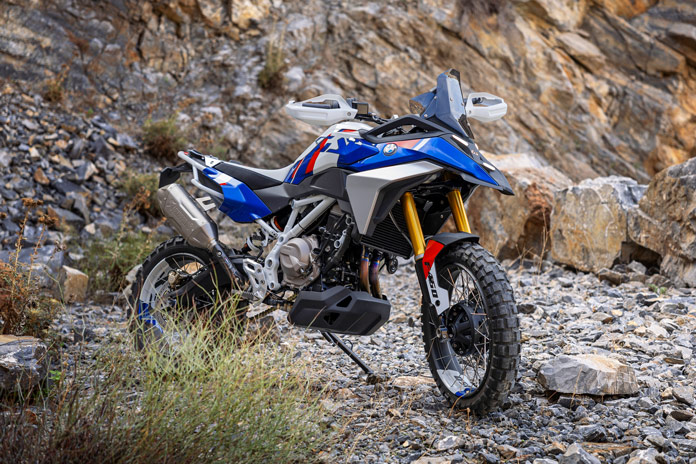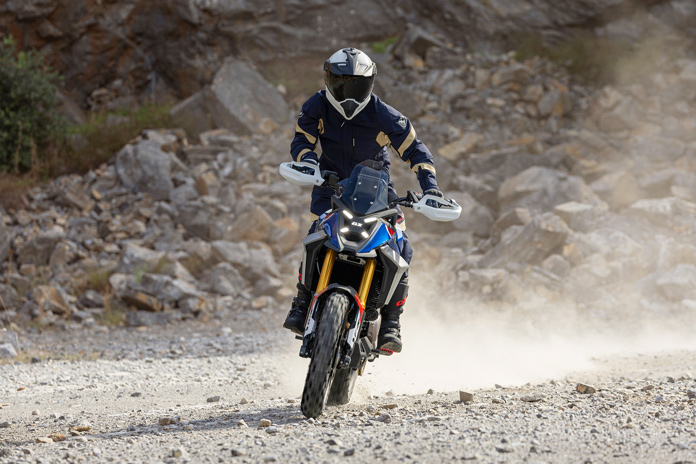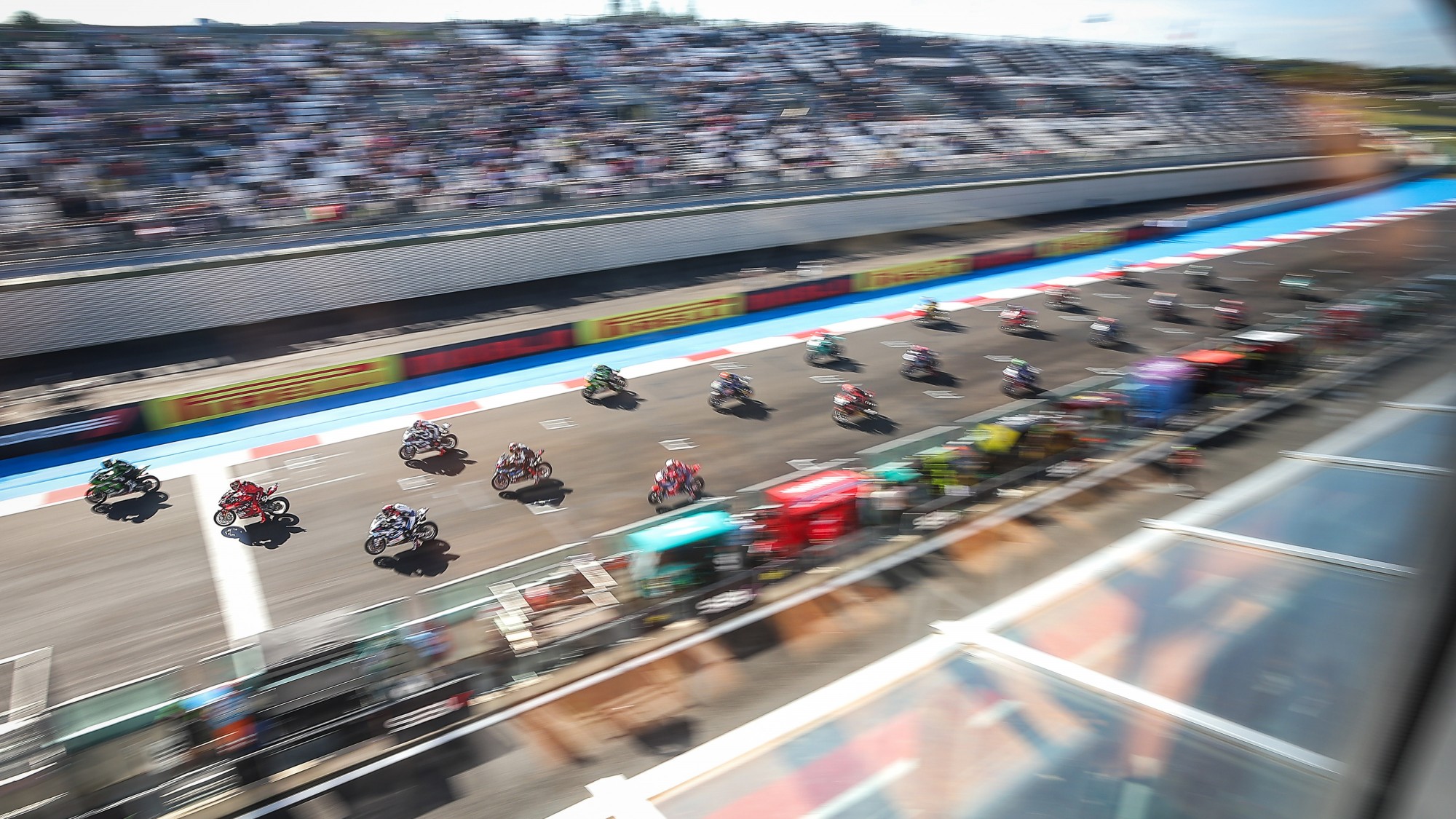
Attention in the MOTUL FIM Superbike World Championship has turned to 2025 after an epic 2024 season concluded, and the SBK Commission has now clarified and changed regulations for next season. Among the changes include details about the allow fuel flow rate for next season as it comes into force and limitations on aerodynamic appendices as well as a logistical measure to reduce the number of tyres used in an event. You can read the full SBK Commission details HERE.
SPORTING REGULATION CHANGES: tyre reduction, potential yellow flag sanctions
- For the WorldSBK class, there is a restriction on testing that has been set to reduce development costs. A clarification of the authorised test days has been made.
- In the WorldSBK category, a logistical measure to reduce the number of tires tyres used during the event was introduced.
- With the recently introduced rules on the minimum age of riders to compete in the FIM Supersport World Championship, it has been decided to grant exemptions for:
- the top 3 of the FIM Supersport 300 World Championship;
- the top 3 of the FIME Moto2™ European Championship;
- the top 3 of the FIME Stock European Championship;
of any season to compete in the 2025 Supersport World Championship, even if the rider has not reached the minimum age.
However, for these exceptions to apply, the minimum age of 17 years is required.
- Although the current rules regarding yellow flags/lights provide for sanctions if they are not respected, the SBK Commission has decided to tighten the rules in order to protect track marshals even more. From now on, riders must slow down sufficiently to ensure the safety of other riders and trackside personnel. A rider who does not slow down in a yellow flag situation could be sanctioned more severely than currently.
- For the FIM Women’s Circuit Racing World Championship, the minimum time to achieve for being Qualified was fixed at 110% of the fastest rider of the class.
- A WorldWCR race that has started in dry conditions may be interrupted if the weather conditions change and the track becomes wet.
TECHNICAL REGULATIONS: fuel flow rates announced, aero restrictions in place
- For the WorldSBK class, a limitation of the fuel flow will be put in place to limit the performance of the engines. As Ffrom 2025, the starting fuel flow limit for all manufacturers is defined at 47 Kg/H. A tolerance of 2 grams per lap beyond the 47 Kg/H limit was defined. For 2026, the limit will be decided at the end of July 2025 after analysis of the first part of season, according to the roadmap shared with the manufacturers.
- The rules applied in MotoGP™ regarding the attachment of winglets/aerodynamic appendices will be applied: under normal operating conditions, the attachment must have a maximum deflection of 10 mm at any point, when a vertical load of 50 N is applied downwards with a 20 mm radius spherical steel indenter.
- In WorldSBK class, the marking of a new “virgin” frame part is free, but it must contain the model code registered at the FIM Homologation of the motorcycle. It was decided that the reading procedure of the new marking must be declared by each manufacturer to the FIM Technical Director prior to the season starts.
- The SBK Commission is continuously working on the introduction of a new entry class to the Motul MOTUL FIM Superbike World Championship in 2026, marking a significant evolution in the racing landscape. This new class will replace the FIM Supersport 300 World Championship (WorldSSP300), which has successfully served as a feeder class since its inception in 2017. The progress of the work, the choice of the eligible machines and their homologations were discussed.
Check out the full decisions HERE and get set for the 2025 season using the WorldSBK VideoPass!
Source: WorldSBK.com


